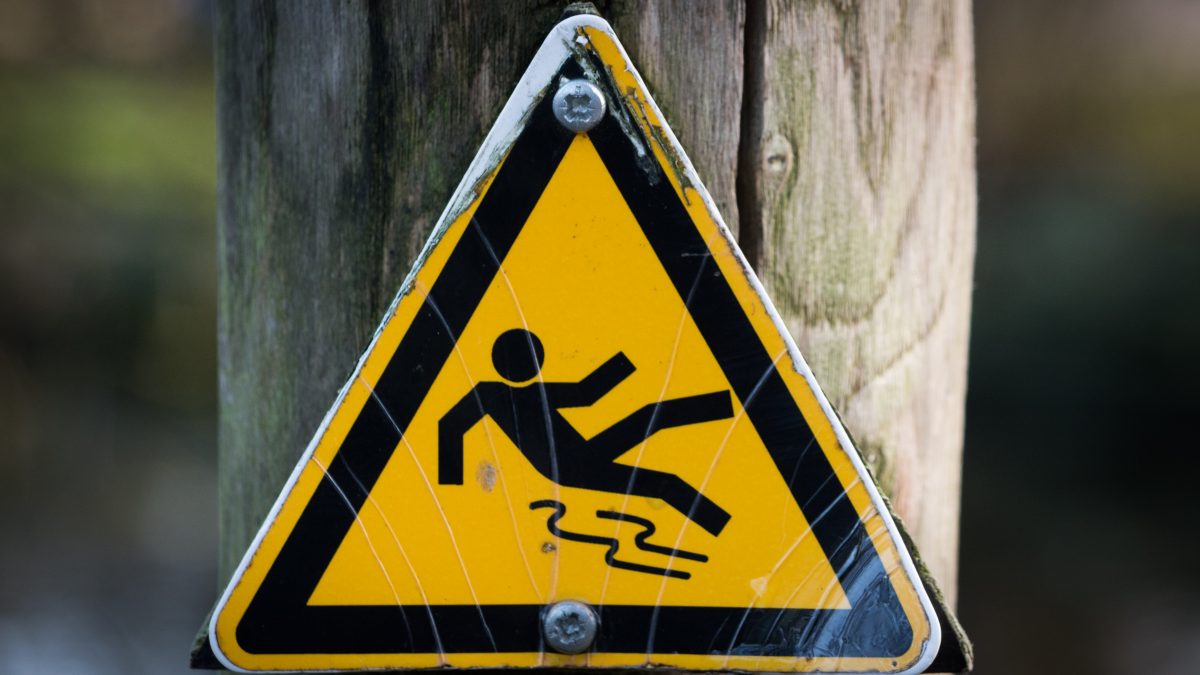10 Common Slip and Fall Injuries You May Suffer in Michigan this Winter
UPDATE: Michigan Slip & Fall Law has changed. The information on this page was written prior to the change in the law and may be out of date. Please Click Here for updated information on the new law for Slip & Fall cases in Michigan.
Like many people, you may associate slip and fall injuries with scraped knees or possibly a sprained wrist or twisted ankle. However, slip and fall, also known as trip and fall, accidents can cause serious injuries with lasting consequences. Whether it’s the result of treacherous old stairwells or hazardous ice conditions from a winter storm, property owners and liable businesses have a responsibility to provide safe conditions for guests.
Do You Have a Case?How a Slip and Fall Lawyer Can Help with Your Injury Case
If you or a loved one is injured as the result of an accident, it is important to consult an experienced slip and fall attorney. Slip and fall cases can be complicated and an experienced Michigan slip and fall lawyer can help gather the documentation, medical records and information needed to determine who the liable party is for your case.
Common Slip and Fall Injuries
1. Traumatic Brain Injuries and Skull Fractures
Unfortunately, when we fall our reflexes and adrenaline aren’t always equipped to brace and protect every part of our body. Because of this, we may inevitably expose our head to increased risks of injury.
When extreme force is applied to the head it can result in several types of severe injuries. These include traumatic brain injuries and concussions, fractures of the skull and even death.
Because the head and brain are so vital to our function, brain injuries can cause other unforeseen injuries to occur. An example of this includes being knocked unconscious for an extended period of time in cold weather. This may lead to hypothermia or even frostbite.
2. Hip Fractures and Hip Related Injuries
Especially true for seniors, is the risk of a fall resulting in a hip injury. Hip injuries can leave a slip and fall accident victim less mobile or completely unable to walk for a long period of time. As a result, victims may find themselves out of work, unable to utilize stairs and in extreme cases be wheelchair bound.
Other hip related injuries include severely bruised hips (hip pointer), pulled groin muscles and pelvic bone breaks.
3. Neck, Back and Spinal Cord Injuries
Tripping and falling can expose this vital and sensitive part of our bodies. Our necks and backs are associated with the spinal cord. Slip and fall injuries that result in pinching, bending or breaking a part of the spine can result in devastating impairments.
The result of a spinal cord injury can mean paralysis of parts of the body, slipped and dislocated discs and, in extreme cases, death.
4. Broken Digits: Fingers and Toes
Another common slip and fall injury is breaking fingers or toes. This can result from extending our hands to grab or catch ourselves, or stubbing our toes on ill placed objects. And while an injury to a toe or finger might not initially sound serious, it can limit a person’s ability to complete their daily tasks and jobs.
Broken fingers can leave a person unable to grip, drive, write or type without severe pain and discomfort.
Likewise, toe injuries may leave someone unable to move quickly and prevent them from having the balance and dexterity to perform certain jobs or tasks.
5. Sprained Wrists and Ankle Injuries
A sprain is another common slip and fall injury. A wrist or ankle sprain refers to the damaging of tissue that connects one bone to the other. And while there are different severities of sprains, all of them are quite painful.
Severe sprains to ankles can leave a person in need of crutches, wheelchairs or scooters and doctors often request accident victims not apply pressure to the injured part of the body for extended periods of time.
Likewise, wrist sprains sometimes require braces or slings to keep the arm and hand still to prevent further pain to the accident victim.
6. Broken Arms and Legs
Broken legs and arms often result from attempting to stop our falls and to protect other vital parts of our bodies such as our head and neck. A painful fracture to an arm or leg can require a long recovery process lasting months or even years.
Some slip and fall victims might require intensive surgeries and physical therapy after the accident. In severe cases, victims might experience several fractures in one fall.
The result can mean time off work and significant medical bills associated with care, casts and the services required to get a patient back to health.
7. Torn Ligaments in the Knees
Torn ligament injuries can happen anywhere in the body. But perhaps the most common or most popular of these occurs in our knees when someone tears their ACL or MCL.
While torn ligaments are referred to as severe sprains, a complete tear of a ligament is described as being as painful as a broken bone.
Depending on the mobility demands of a person who experiences a severely torn knee ligament, they may need surgery to properly correct the tear. Victims of this type of injury also report needing physical therapy to restore both the physical use and mental confidence of using the injured knee.
8. Muscle Strains and Pulls
Muscle strains are different from the sprains that we discussed earlier. While a sprain refers to an injury of the tissue connecting two bones, a strain involves an injury to the tissue that connects a muscle to the bone.
Certain strains caused by slip and fall injuries range from rapid extension of a leg or arm, bending and flexing inflexible or cold muscles, or contorting ourselves in the process of falling.
Serious muscle strains or muscle pulls send shooting pain into the injured areas of our body. As a result, victims are unable to walk, lift, or bend without pain for weeks.
9. Nerve Damage
Stretching or forceful impact on nerves can result in severe injury and damage, especially to nerves closest to the outside of our bodies. In the case of a slip and fall accident, nerve damage injuries could result in stretching, compressing, crushing and cutting of nerves.
People who experience nerve damage report several common symptoms. These include numbness or tingling in the injured area, sharp or shooting pains, muscle weakness and the inability to properly grip objects.
10. Dislocations
Dislocation is another common slip and fall injury. Like many of the injuries mentioned above, dislocation often happens when we try to break our own fall. The result is severe pain and risk of further complications.
For example, a dislocated shoulder can also result in sprains, ligament tears and other muscle tissue injuries around the arm and neck region. These accessory damages to the shoulder dislocation often require surgery for proper healing.
Seek Medical Attention and An Experienced Slip and Fall Law Firm
Here are the steps you should take if you are injured in a fall on someone else’s property:
– Seek medical attention
– Call an attorney who has experience with slip and fall cases
– Take photos of the scene, including any hazards that caused you to fall
– Photograph your injuries to the best of your ability
– Get contact information from witnesses
– Even if you don’t require emergency treatment, have a physician evaluate you as soon as possible after the accident
– Do not sign insurance papers or talk to an adjuster before consulting with a slip and fall accident lawyer
Recommended Reading: Slip and Fall Statute of Limitations in Michigan
The Sam Bernstein Law Firm takes every slip and fall accident claim seriously. We treat our clients like family and we will fight for your right to the compensation you deserve.
Slip and fall law is complicated, but finding the right accident attorney is simple.
Click the button below to fill out a brief form or call 1-800-CALL-SAM for a free, no-obligation remote consultation from the safety of your home.
Do You Have a Case?HAVE YOU BEEN INJURED?
Get The Bernstein Advantage® today!
Free. Simple. Quick.


